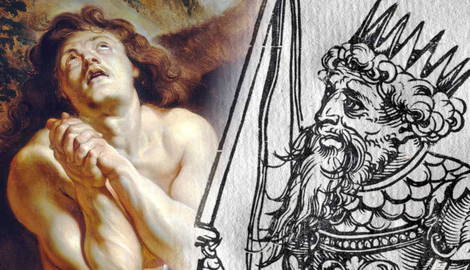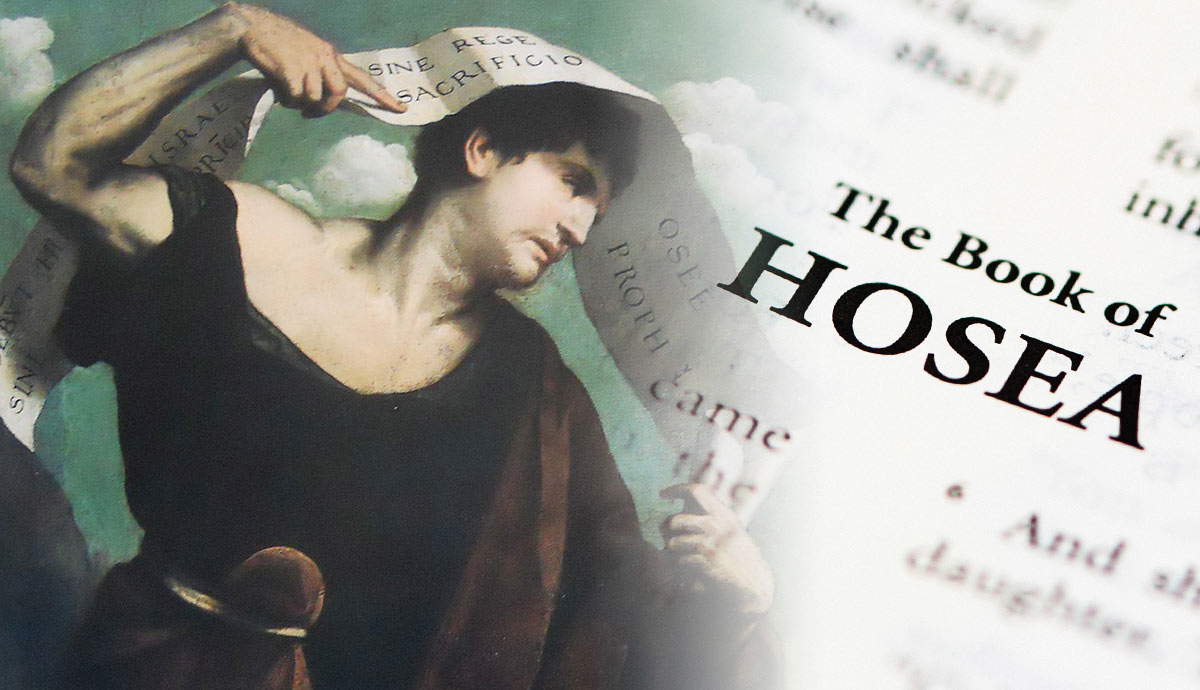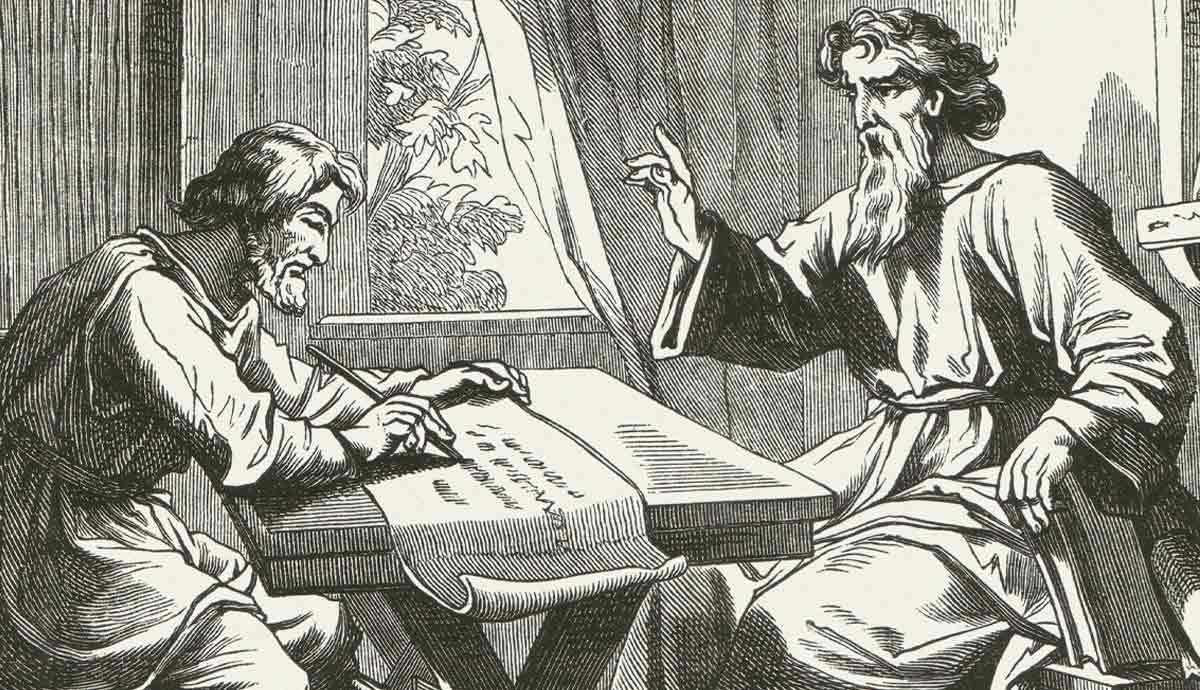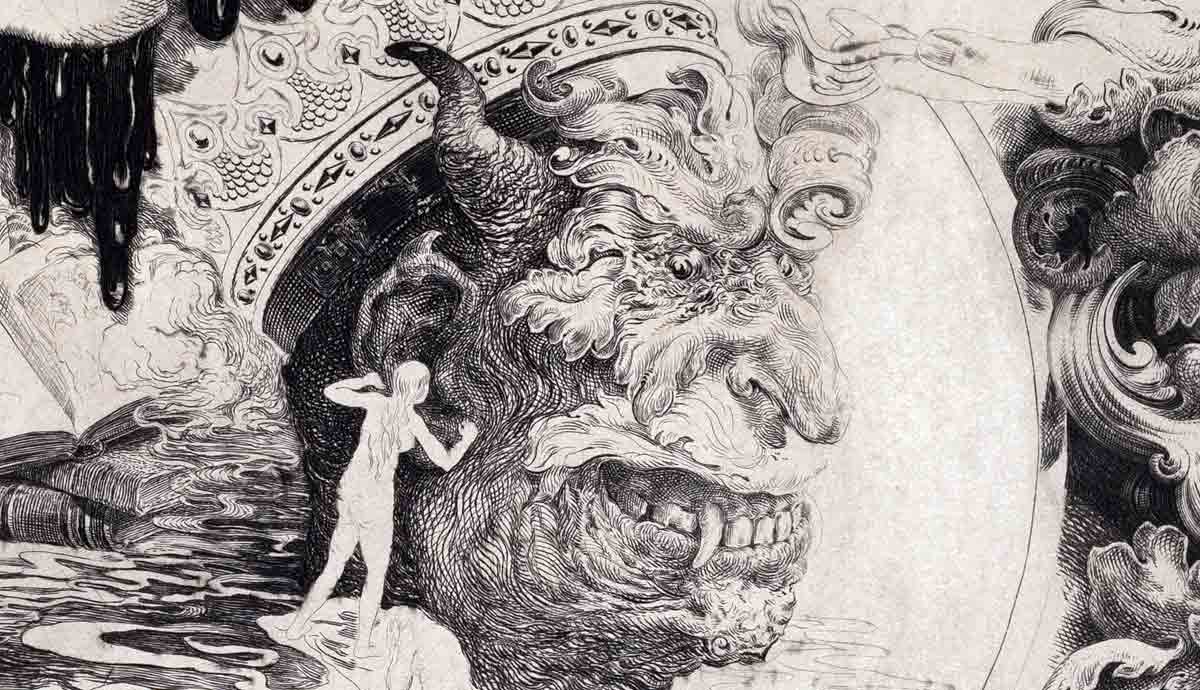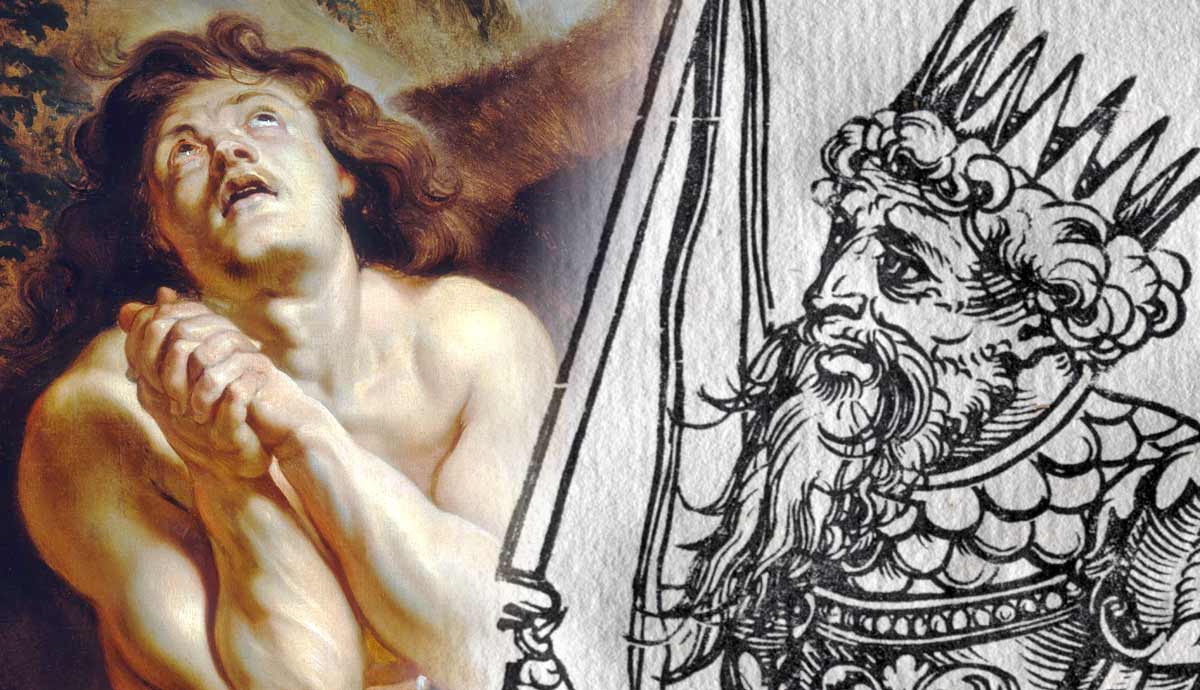
The Book of Daniel contains some of the most iconic scenes from the Bible. Children’s Bibles often depict Daniel in the lion’s den, or his friends in the fiery furnace. Yet, there is much more to Daniel than fantastic stories to entertain children. It holds significant lessons about faith, God’s providence, and deliverance. It assures the reader that God is ultimately in control. Some prophecies in the Book of Daniel have come true, while others have been partially fulfilled. For Christians, these prophecies provide hope for the future fulfillment of those aspects that have not yet come to fruition.
Book of Daniel: Authorship and Date

The Book of Daniel is a compilation traditionally attributed to Daniel. Daniel identifies himself as the author in Daniel 9:2 and 10:2. Daniel 4, however, seems as if it was written in part by Nebuchadnezzar, as the chapter oscillates between the third and the first person.
Some scholars, however, debate the traditional view, arguing instead for a much later dating of the book. They believe the Maccabean Revolt of the 2nd century BCE is a much more likely context for the creation of this apocalyptic work. During this time, the Jews were being persecuted by Antiochus IV Epiphanes.
Historical Context

Daniel and his friends, Hananiah, Mishael, and Azariah, later renamed Shadrach, Meshach, and Abednego, were young men of royal or noble birth among the people of Israel who were exiled to Babylon. The Babylonians, like many other empires, often renamed their servants to reflect their gods and often castrated those who served in their court, which may explain why Daniel and his friends were placed under the chief of the eunuchs.
Their service was initially to the Babylonian court, though it extended into the reign of Darius and Cyrus the Great as the Persians conquered Babylon in 539 BCE. Daniel and his friends rose to prominence during Nebuchadnezzar’s reign, though Daniel seems to have fallen from favor during Belshazzar’s reign. He once again served in high positions under Persians, though he faced challenges to his faith.
Structure

The Book of Daniel is divided neatly into two halves. The first six chapters relate historical narratives about events at the Babylonian and Persian courts during Daniel’s tenure. The second half of Daniel, chapters 7-12, detail apocalyptic visions Daniel received.
Daniel at the Babylonian court (Chapter 1)
Daniel 1 provides the backdrop of how Daniel came to serve in the Babylonian court and shows how he and his friends held onto their culture and beliefs amid attempts to reprogram them to conform to Babylonian ways.
Nebuchadnezzar’s dream (Chapter 2)
The iconic dream of Nebuchadnezzar provided a pathway for Daniel to rise to prominence in Nebuchadnezzar’s court and become a trusted advisor. Daniel credited God with the dream’s interpretation, showing his enduring faithfulness.

Nebuchadnezzar’s statue of gold (Chapter 3)
By erecting a statue of gold from head to toe, Nebuchadnezzar rejected the succession of nations God revealed in Daniel 2. When Daniel’s friends refused to submit to the modified version of the future, their salvation by a fourth person in the fiery furnace caused Nebuchadnezzar to decree the protection of their faith.
Nebuchadnezzar’s humiliation (Chapter 4)
Again, Nebuchadnezzar was boastful about his kingdom and experienced humiliation when he became like a beast for seven years.
Writing on the wall (Chapter 5)
Belshazzar’s feast marks the fall of Babylon to the Persians. During the feast, holy artifacts from the Temple were used, and a disembodied hand wrote on the wall, which Daniel interprets. It spelled the end of the Babylonian Empire.
Daniel in the lion’s den (Chapter 6)
During Darius’s reign, an attempt was made to rid the Persian court of Daniel. He was miraculously saved from the lions and was restored to his position of prominence.
The vision of four beasts (Chapter 7)
The vision of the four beasts aligns with the interpretation of Daniel 2. It prophesies the sequence of nations to follow Babylon and continues to reveal the context and attributes of the Antichrist.
The vision of the ram and the goat (Chapter 8)
Daniel is told that the vision of the ram and goat will commence in 2,300 evenings and mornings, before the cleansing of the sanctuary.

The Seventy Weeks (Chapter 9)
Daniel was perplexed by the vision of Daniel 8. Gabriel appears to him after Daniel’s time of prayer to explain the first seventy weeks of the prophecy.
The vision of a man, the kings of the North and the South, and the time of the end (Chapters 10-12)
Chapters 10 and 11 flow into one another. A mysterious man appears in chapter 10 and reveals what will happen to the kings of the North and the South in chapter 11. In the closing chapter of the Book of Daniel, Michael appears on the scene and he reveals how he will usher in the end of times.
Main Themes

Visions of the future
Many scholars believe that the visions recorded in the Book of Daniel reveal the sequence of nations to follow Babylon. If true, it shows that God is ultimately in control.
Faithfulness to God
In the first six chapters of Daniel, faithfulness and God’s provision and deliverance are recurring themes. Daniel and his friends remained faithful to God in the face of imminent death, and God protected them every time, turning their intended demise into a promotion in status.
Key Passages

Daniel 2:27-28
“Daniel answered the king and said, ‘No wise men, enchanters, magicians, or astrologers can show to the king the mystery that the king has asked, but there is a God in heaven who reveals mysteries, and he has made known to King Nebuchadnezzar what will be in the latter days. Your dream and the visions of your head as you lay in bed are these…’”
Daniel credited God for the insight and revelation he would share with the king. His purpose was glorifying God, rather than self-promotion.
Daniel 4:37
“Now I, Nebuchadnezzar, praise and extol and honor the King of heaven, for all his works are right and his ways are just; and those who walk in pride he is able to humble.”
These words by Nebuchadnezzar are quite remarkable. Through his ordeal, he seems to have become a believer as God progressively revealed himself to him, as can be seen in the last four verses of each of the first four chapters of Daniel.
Daniel 5:26-28
“This is the interpretation of the matter: MENE, God has numbered the days of your kingdom and brought it to an end; TEKEL, you have been weighed in the balances and found wanting; PERES, your kingdom is divided and given to the Medes and Persians.”
Daniel was key to interpreting the meaning of the writing on the wall. He fearlessly revealed to Belshazzar, in the presence of his guests, that his kingdom would come to an end. The king died that evening and Darius the Mede reigned over Babylon.

Daniel 9:24
“Seventy weeks are decreed about your people and your holy city, to finish the transgression, to put an end to sin, and to atone for iniquity, to bring in everlasting righteousness, to seal both vision and prophet, and to anoint a most holy place.”
Though there are several interpretations of this prophecy, one of the most enduring is that it points to Jesus’s ministry. It highlights, among other things, the baptism and death of Jesus.
Daniel 12:1
“At that time shall arise Michael, the great prince who has charge of your people. And there shall be a time of trouble, such as never has been since there was a nation till that time. But at that time your people shall be delivered, everyone whose name shall be found written in the book.”
The Bible mentions the angel Michael only five times, of which three references come from the Book of Daniel. In this instance, Michael appears to deliver the people of God. The reference to names written in a book correlates with the book of life mentioned in Revelations 20 and 21.
Contemporary Relevance

The providence and deliverance of Daniel and his friends can inspire contemporary believers. These heroes of faith serve as role models to be emulated. How God repeatedly turned adverse situations into good outcomes provides hope to the modern believer in difficult times.
The Book of Daniel is key to the Book of Revelation. Many of the symbols found in Revelation allude to imagery from Daniel. When the sequence of nations in Daniel is accepted, it provides a sense of security to the reader that God is ultimately in control and that the faithful will prevail in the end.
